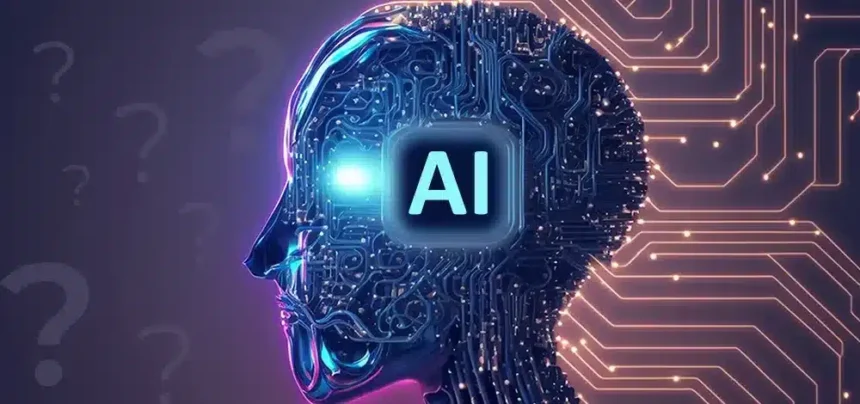The Bank for International Settlements (BIS) has highlighted a significant trend among central banks. This trend typically targets the adoption of generative artificial intelligence (AI) to strengthen cybersecurity measures.
The entity considers this shift a pivotal development in the financial sector. It reflects the growing dependence of several industries on advanced technologies to safeguard critical financial infrastructure.
Survey on Generative AI Adoption
In a recent study, the BIS surveyed 32 central banks out of its 63 member institutions to evaluate their interest in using generative AI tools for cybersecurity. The results reveal that 71% of the surveyed central banks currently employ generative AI tools in their cybersecurity operations.
These entities highlighted how the tools have improved their ability to detect and respond to cyber threats more effectively than traditional methods.
Additionally, 26% of the surveyed central banks have plans to integrate generative AI into their cybersecurity structures shortly. Given this trend, the BIS predicts that all member central banks will eventually adopt generative AI tools to improve their internal cybersecurity measures.
Notably, the institutions that have already made this transition report significant benefits. Key ones include improved detection of anomalies and suspicious activities and faster response times to cyber incidents.
While generative AI has seen wide adoption for cybersecurity, it is not without challenges. The primary concern among central banks is the cost associated with deploying these advanced technologies. This financial burden is significant as institutions weigh the benefits against the expenses.
Moreover, the BIS report identifies specific risks that accompany the use of generative AI in cybersecurity. Social engineering and zero-day attacks remain significant threats, requiring continuous vigilance and advanced countermeasures. Also, a major concern is protecting sensitive information from unauthorized access.
Despite these challenges, central banks are optimistic about the potential of generative AI to transform cybersecurity operations. There is a shared belief that these tools can automate routine tasks, potentially reducing the need for human cybersecurity staff for these functions.
This automation could provide additional resources for other important initiatives, allowing institutions worldwide to reallocate their workforce more efficiently.
The Initiative of Asset Tokenization
Furthermore, the BIS has launched an ambitious project in collaboration with seven central banks to explore the potential of asset tokenization within the monetary system. This initiative also gets support from private financial institutions.
The central banks participating in this project come from diverse countries, each contributing unique insights and expertise. The entities involved are the central banks of Japan, France, South Korea, the United Kingdom, Switzerland, Mexico, and the United States Federal Reserve.
Tagged Project Agora, this initiative aims to build on the BIS’s existing unified ledger concept. This concept primarily envisions a seamless integration of tokenized commercial bank deposits and tokenized wholesale central bank money.
Project Agora seeks to create a more transparent, efficient, and secure financial system by using blockchain and distributed ledger technologies.

